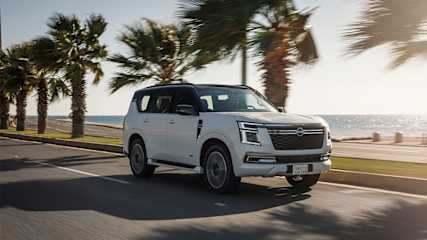Are Australia's electric car sales more fragile than we think? What last month's drop in plug-in hybrid sales can tell us about long-term EV growth as the 2025 Tesla Model Y, Model 3 and BYD Seal, BYD Atto 3 and BYD Dolphin sales sink | Analysis
By Samuel Irvine · 21 May 2025
Last month’s new car sales data bore the much expected correction we anticipated for plug-in hybrid (PHEV) sales as the Fringe Benefits Tax exemption (FBT) was formally withdrawn.Sales of PHEVs had been rallying at record levels in the months prior to their March peak as buyers sought to cash in on the lucrative tax break, which coincided with Australia's viral first plug-in hybrid ute – the BYD Shark 6 – landing on our shores.PHEV sales peaked at 6932, or a 6.2 per cent share of the new car market, in March, falling to 2601 sales, or 2.8 per cent of the total market, in April as the entire sector contracted by 18.1 per cent month-on-month.Despite the sharp drop, the Electric Vehicle Council (EVC) is confident sales will recover in the months ahead. It anticipates strong long-term growth across the EV market due to the introduction of more affordable models and buyers becoming increasingly familiar with the technology.“We expect that segment of the market to bounce back given a post-FBT exemption dip was always to be expected,” said Aman Guar, Head of Legal, Policy and Advocacy at the EVC.“Once someone chooses an EV of any kind they are very unlikely to ever go back to traditional cars again. The day-to-day convenience, the pleasurable driving experience, and the cost of living benefits of EVs combine into a very attractive package and these attractions are only going to grow stronger.”But the sales decline, driven by the axing of an important government incentive, has raised questions about whether EV sales – which still benefit from the same exemption – are even more fragile than they already appear.Electric vehicles accounted for 6.6 per cent of new car sales last month, which is just 0.2 per cent more than what they accounted for in April 2024.With these fractional increases, coupled with the post-FBT shock to PHEV sales, CEO of the Federal Chamber of Automotive Industries (FCAI), Tony Weber, is less confident that continued growth in EV sales is guaranteed without long-term government support.“Subsidies remain central to the success of EV policy in many leading markets. In European markets and other markets around the world, including New Zealand, demand for electric vehicles softened when governments reduced subsidies,” said Weber.Germany, Europe's largest car market, experienced a 27.4 per cent decline in EV sales in 2024 compared to the previous year, according to the country's Federal Transport Authority, as the German government phased out subsidies that granted motorists up to €4500 ($7831) and manufacturers up to €2250 ($3,915) in incentives.In New Zealand, EV sales fell a staggering 70 per cent on 2023’s numbers, according to data from the Canstar NZ, as the government similarly dropped EV subsidies and implemented road-user charges for owners.“While many EV buyers pay a premium as early adopters, consumers are generally price sensitive. There is no doubt that EV sales in Australia have been enhanced by subsidies,” said Weber.The federal government hasn’t outlined any plans to retract the FBT exemption for EVs, which provides an estimated annual savings of $4700 to buyers who finance their car through a novated lease.It has, however, said that it will review the policy in 2027 to determine whether it should remain in effect as is or be modified.The policy, alongside the New Vehicle Efficiency Standard (which is designed to financially incentivise carmakers to bring lower-emissions vehicles to market), is considered integral to achieving the government’s target of EVs accounting for 50 per cent of EV sales by 2030.Rohan Martin, Chief Executive of the National Automotive Leasing & Salary Packaging Association (NALSPA), joined the FCAI in emphasising the ongoing importance of incentives and further targeted support measures, such as increased investment in EV charging infrastructure, for EV sales going forward.“The FBT exemption on BEVs remains critical as we know that there remain a number of barriers to BEV consideration and adoption in Australia and that without the right demand-side policy incentives and support in place the transition to zero emissions vehicles will be materially slower.“We anticipate continued strong growth, via the FBT exemption and novated leasing, especially in outer suburban and regional areas where EV uptake remains strongest amongst working Australian families.”






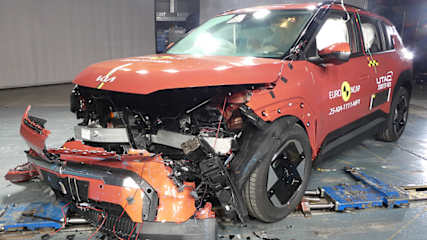
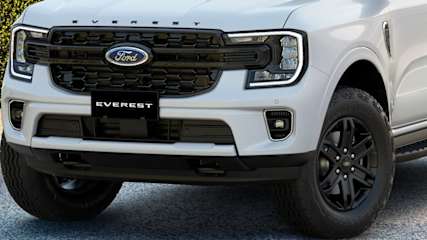
.jpg)
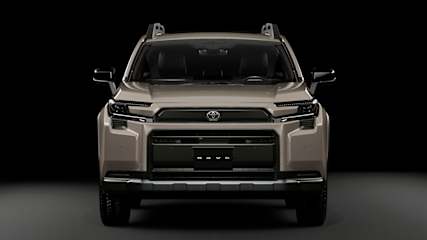
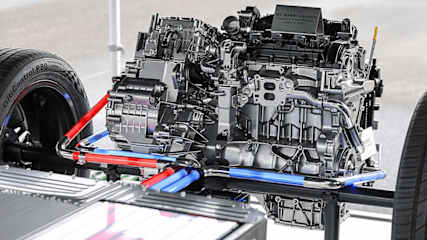
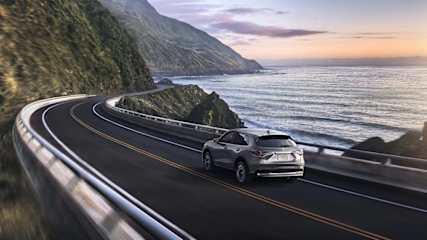
_0.jpg)
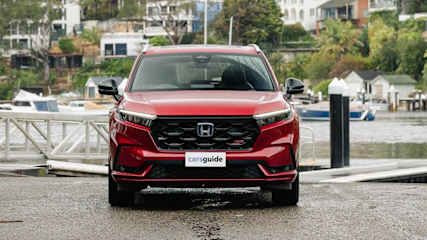
.jpg)
